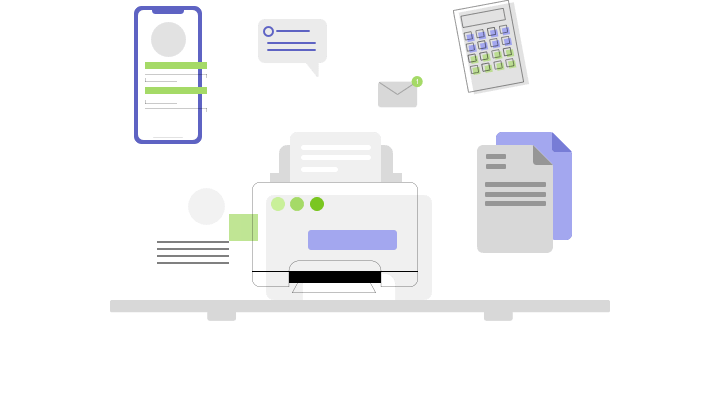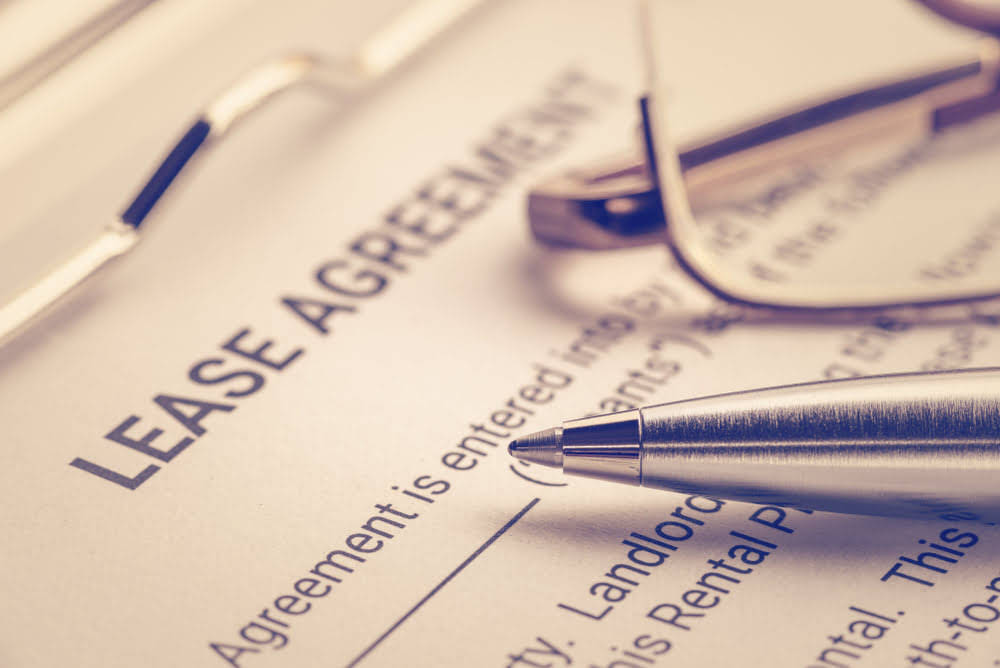4 5 Prepare Financial Statements Using the Adjusted Trial Balance Principles of Accounting, Volume 1: Financial Accounting

The statement of retained earnings is prepared before the balance sheet because the ending retained earnings amount is a required element of the balance sheet. The following is the Statement of Retained Earnings for Printing Plus. In addition, any time you suspect an error in your books, you should quickly put together a trial balance to check that your debits and credits are correctly balanced.
Since this is the first month of business for Printing Plus, there is no beginning retained earnings balance. Notice the net income of $4,665 from the income statement is carried over to the statement of retained earnings. Dividends are taken away from the sum of beginning retained earnings and net income to get the ending retained earnings balance of $4,565 for January.
The Importance of Accurate Financial Statements
To prepare the financial statements, a company will look at the adjusted trial balance for account information. From this information, the company will begin constructing each of the statements, beginning with the income statement. The statement of retained earnings will include beginning retained earnings, any net income (loss) (found on the income statement), and dividends. The balance sheet is going to include assets, contra assets, liabilities, and stockholder equity accounts, including ending retained earnings and common stock. A trial balance is a report that lists the balances of all general ledger accounts of a company at a certain point in time. The accounts reflected on a trial balance are related to all major accounting items, including assets, liabilities, equity, revenues, expenses, gains, and losses.
The report is helpful to accountants and auditors at the end of the year to see a complete picture of the company in one place. When one of these statements is inaccurate, the financial implications are great. Software for automating accounting for payables and supplier invoice processing and making efficient and cost-efficient global mass payments helps your company achieve competitive advantages. Income statement accounts include Revenues, Cost of Goods Sold and Cost of Services, Expenses, gains, and losses.
Trial Balance in Accounting: Definition, Types, & Examples
A trial balance can be used to assess the financial position of a company between full annual audits. The total debit and the credit side of the TB are recorded on their respective sides of the debit and credit columns. A vital auditing technique used to ensure whether the total debit equals the total credit in the general ledger accounts, which plays a crucial role in creating financial statements. As you can see, the report has a heading that identifies the company, report name, and date that it was created.

Since most companies have computerized accounting systems, they rarely manually create a TB or have to check for out-of-balance errors. Here is an example that will help you understand how trial balance is prepared and how to understand the accuracy of the result. Angela has used and tested various accounting software packages; she is Xero-certified and a QuickBooks ProAdvisor. Experienced in using Excel spreadsheets for her bookkeeping needs and created a collection of user-friendly templates designed specifically for small businesses. Concepts Statements give the Financial Accounting Standards Board (FASB) a guide to creating accounting principles and consider the limitations of financial statement reporting.
Unadjusted Trial Balance
Accounts Payable ($500), Unearned Revenue ($4,000), Common Stock ($20,000) and Service Revenue ($9,500) all have credit final balances in their T-accounts. These credit balances would transfer to the credit column on the unadjusted trial balance. The purpose of the trial balance is to test the equality between total debits and total credits after the posting process. This trial balance is called an unadjusted trial balance (since adjustments are not yet included). If it’s out of balance, something is wrong and the bookkeeper must go through each account to see what got posted or recorded incorrectly.
Under this method, the ledger accounts’ debit and credit account balances are directly transferred to the TB. The total of the debit balances and the total of the credit balances are determined at the bottom of the TB. The final debit and credit balances are shown for each account listed in the TB. The trial balance example primary purpose of a trial balance is to identify errors and ensure the equality of debits and credits. This statement records the closing balances derived from general ledger accounts. Ever thought about what will happen if we do not segregate our financial transactions into debit and credit amounts?
Balance Sheet
You may notice that dividends are included in our 10-column worksheet balance sheet columns even though this account is not included on a balance sheet. There is actually a very good reason we put dividends in the balance sheet columns. Take a couple of minutes and fill in the income statement and balance sheet columns.
Finally, if some adjusting entries were entered, it must be reflected on a trial balance. In this case, it should show the figures before the adjustment, the adjusting entry, and the balances after the adjustment. Trial balance is used to simply finish the next phase of preparing the balance sheet by aiding in the recording of the company’s income and expenses. While recording carriage outwards in a trial balance, the amount must be written down in the debit column.
